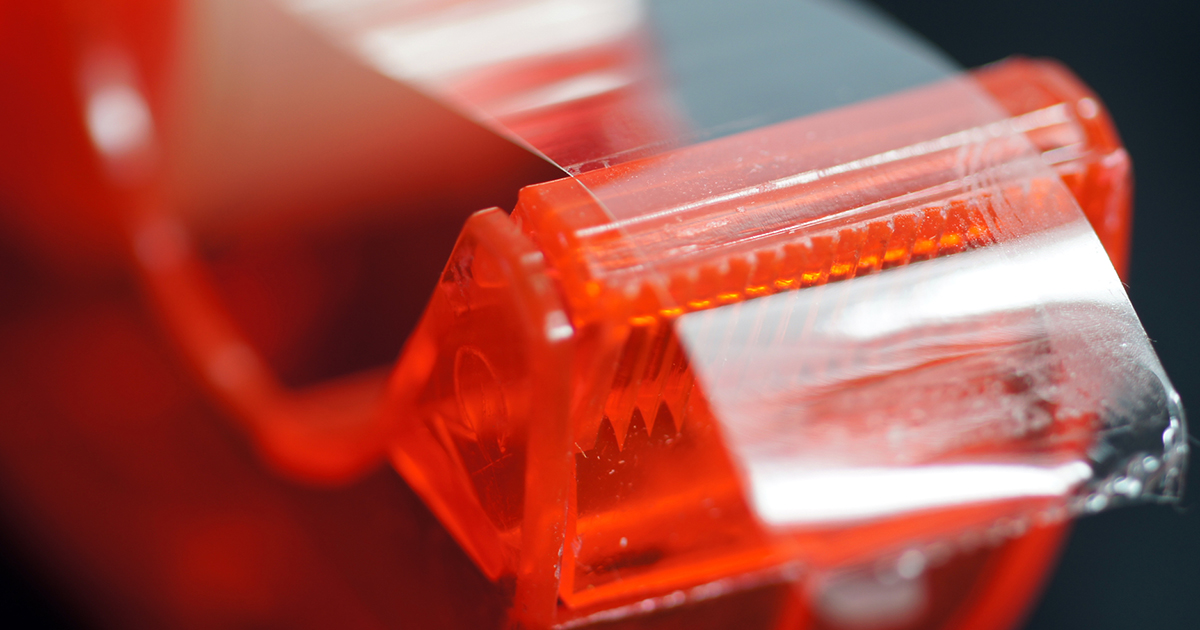Atypical Emergency First Aid Tips
Regardless of what we do, accidents happen. From minor to severe, injuries occur in all places at all times. Whether it happens to you or somebody else, not being prepared and acting accordingly can worsen the situation. Being capable of providing at least basic First Aid until a medical professional arrives at the scene is a critical skill that can dramatically impact the outcome of the accident or injury. First Aid can be performed using fairly simple techniques, often with minimal equipment. While there are formal courses that can be taken to train individuals on how to respond to various medical events, there are also a few easy tricks that can be used effectively, particularly by non-professionals who don't have access to a full First Aid kit. After all, many injuries and accidents occur outdoors and in the wild, where formal resources are limited. The following tips can be utilized by anyone to treat the most common situations requiring First Aid.
DIY Cold And Hot Compresses

Compresses can be used to treat swelling and bruises when someone twists an ankle or bumps their head. While most traditional First Aid kits come complete with compresses that can be activated to be either hot or cold, not everyone will have access to these at all times. Luckily, DIY cold and hot compresses are easy to make and store, so you'll always be prepared when the need arises. Bags of frozen vegetables, fruit and meat are simple and easy items to call upon and use as an ice-pack. Creating a cloth sachet and filling it with uncooked rice is also an easy way to create a compress that can be both chilled in the freezer or heated up in the oven or microwave. You can easily take these along with you on a hike or day outing.
Alternatives To Prevent And Treat Blisters

Blisters can range from pesky to unbearably painful, depending on their location. As an alternative to prevent and treat blisters, use spray deodorant on the affected area. This will prevent chaffing and blisters from developing due to friction. Duct tape is another great hack for preventing blisters from developing or worsening, as it can act as a sturdy barrier between sensitive areas of the skin and the outside environment. Wrap the duct tape around sensitive parts that are prone to experiencing chafing and the area will be protected.
Alternatives To Bandages

Carrying bandages in your bag and keeping them in your home seems like a simple enough idea. However, cuts and scrapes can happen even when you're between boxes. Thankfully, it's easy enough to create alternatives to bandages and plasters. Folding a tissue and using tape to secure it over the wound is a simple way to cover the injury until you can find something more sanitary and suitable. Dabbing an antibacterial gel on the tissue will keep it from sticking and drying to the wound as well. You can effectively use this technique with any type of cloth, but it's crucial to make sure that it is clean to prevent infecting the open wound. Even a clean sock can help in a bind.
Alternative Ways To Stop Bleeding

Applying pressure to a bleeding wound is very important for managing blood loss. Stopping the bleeding is one of the best ways to apply First Aid until professional medical responders arrive, as losing too much blood can only complicate and worsen the situation, especially with major injuries. There are a variety of alternative ways to stop bleeding when you don't have access to a proper bandage. Use a clean cloth if you do not have gauze or a bandage, and always try to rinse the wound out first, if you are unable to clean it properly. The yarrow plant is also known to be capable of stopping the bleeding. When the flowers or leaves are ground into a powder, you can sprinkle it on top of a wound before applying pressure and ensure to elevate the injured body part. Vitamin C powder is also effective when used in the same way. Witch hazel is another great liquid that can be poured on top of a bleeding wound, and even zinc lozenges can dramatically decrease blood loss as well.
Alternatives To Treat Bites And Stings

Bites and stings are common when spending time in the great outdoors. However, they can become itchy and even painful, especially in the summer heat. There are many alternatives to treat bites and stings, garlic being particularly useful and a natural remedy. Rubbing a sliced, fresh clove of garlic on the affected area can greatly reduce swelling and itchiness. The juice from the garlic may sting for a second, but that means that the natural properties are doing their job. Onion works in the same way as raw garlic, killing bacteria and reducing swelling. Make sure that the onion is raw and sliced open to feel its effects. Finally, vinegar is one of nature's most effective bacteria killers. Pouring a bit of vinegar on a bite or sting may cause a slight burning sensation due to its acidity, but it works wonders on irritated skin almost immediately. Anything with high acidity- garlic, onion, vinegar, and citrus fruit- can greatly reduce itching and minimize the risk of infection due to scratching a bite or sting.